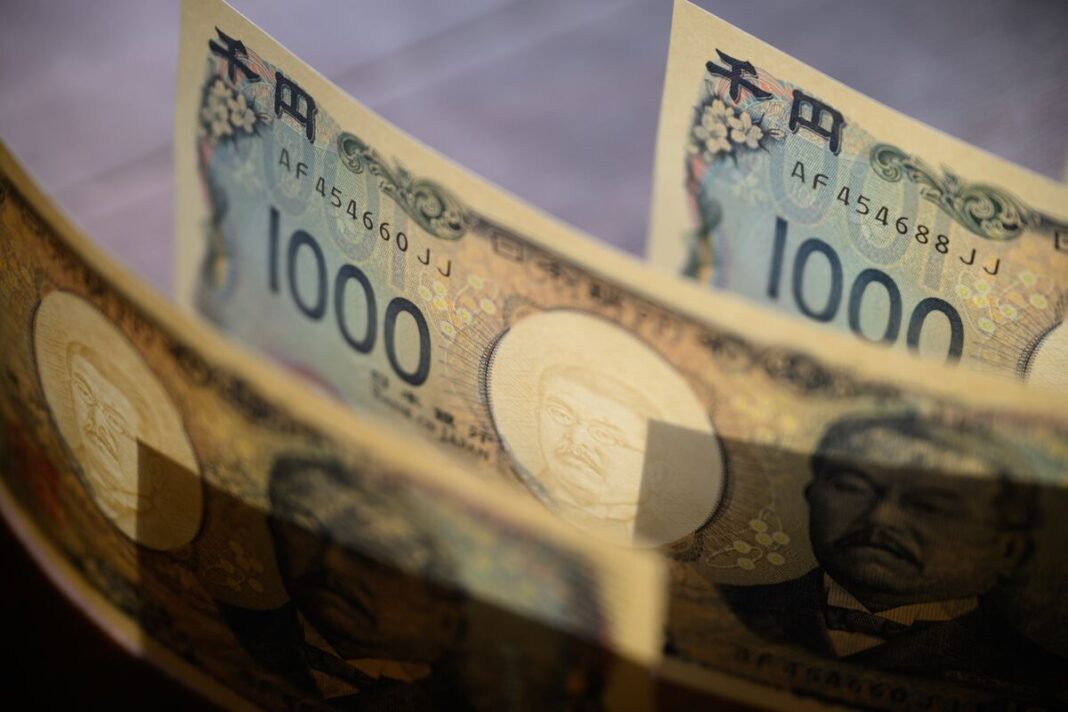Bank of Japan’s Policy Decision: A Cautious Approach under Prime Minister Sanae Takaichi
The recent decision by the Bank of Japan (BoJ) to maintain its current monetary policy has stirred conversations among economists, investors, and policymakers alike. In a landscape characterized by global economic turbulence and inflationary pressures, this decision highlights the BoJ’s commitment to a gradual approach, a sentiment increasingly echoed by Prime Minister Sanae Takaichi. Let’s delve into the implications of this decision, its impact on the Japanese yen, and the broader economic context.
The Decision to Maintain Policy
The BoJ’s choice to keep its monetary policy unchanged was rooted in ongoing concerns about the Japanese economy’s recovery trajectory. Despite signs of improvement, the central bank remains wary of potential setbacks. This cautious approach suggests that while the economy is stabilizing, the path to robust growth remains uncertain. Such deliberation illustrates the BoJ’s prioritization of sustained recovery over swift policy shifts.
Implications for the Yen
One immediate consequence of the BoJ’s policy stance is the effect on the yen. As the central bank continues to adopt a dovish monetary policy, the currency is likely to weaken. A depreciated yen can make imports more expensive, which may further fuel inflation. While some in the export sector might benefit from a weaker currency—making their products cheaper abroad—the broader population could face increased costs for essential goods. This tug-of-war between exporters and consumers is a significant aspect of Japan’s economic landscape.
Government Bonds and Market Dynamics
Interestingly, the BoJ’s decision to keep monetary policy steady has fostered a supportive environment for government bonds. With the central bank signaling no immediate interest rate hikes, bond yields are expected to remain low. This environment not only benefits the government in terms of borrowing costs but also presents a relatively stable investment avenue for those seeking safety amid market volatility. Investors often turn to Japan’s government bonds for stability when uncertainties loom in other sectors.
The Role of Prime Minister Sanae Takaichi
Under Prime Minister Sanae Takaichi’s leadership, the government’s stance toward fiscal and monetary policy reflects a commitment to cautious yet steady progress. Takaichi has emphasized the need for inclusive economic growth, addressing the disparities that have long plagued Japan’s economy. Her approach appears designed to build resilience against external shocks while navigating the complexities of both domestic and international economic pressures.
The Global Economic Climate
The global economic landscape significantly influences the BoJ’s decisions. With rising interest rates in other key economies, including the U.S. Federal Reserve’s ongoing tightening, the pressure mounts on the BoJ to eventually align its policies. However, the unique characteristics of Japan’s economy, such as its aging population and deflationary pressures, differentiate it from its global counterparts. These factors contribute to the central bank’s reluctance to adopt more aggressive monetary tightening in the near term.
Public Reaction and Economic Sentiment
Public sentiment around the BoJ’s latest moves is mixed. While some view the cautious stance as prudent, others express frustration over stagnant wages and rising living costs. This sentiment underscores the delicate balance policymakers must strike between fostering economic growth and managing inflation. The government’s efforts to boost wages and improve living conditions will be crucial in gaining public support amidst economic adjustments.
Future Considerations
As the BoJ continues along this cautious path, the immediate future holds critical decisions and potential shifts. Analysts will closely monitor economic indicators—such as inflation rates, employment figures, and consumer sentiment—as these will inform the BoJ’s future policy adjustments. The interplay between domestic developments and global economic trends will undoubtedly shape the narrative surrounding Japan’s economic strategy for months to come.
By maintaining a steady course, the Bank of Japan under Prime Minister Sanae Takaichi appears committed to nurturing a resilient economy, albeit with inherent challenges that require careful navigation. The journey ahead will be one of both opportunity and uncertainty, as stakeholders from all sectors adapt to the evolving economic landscape.



